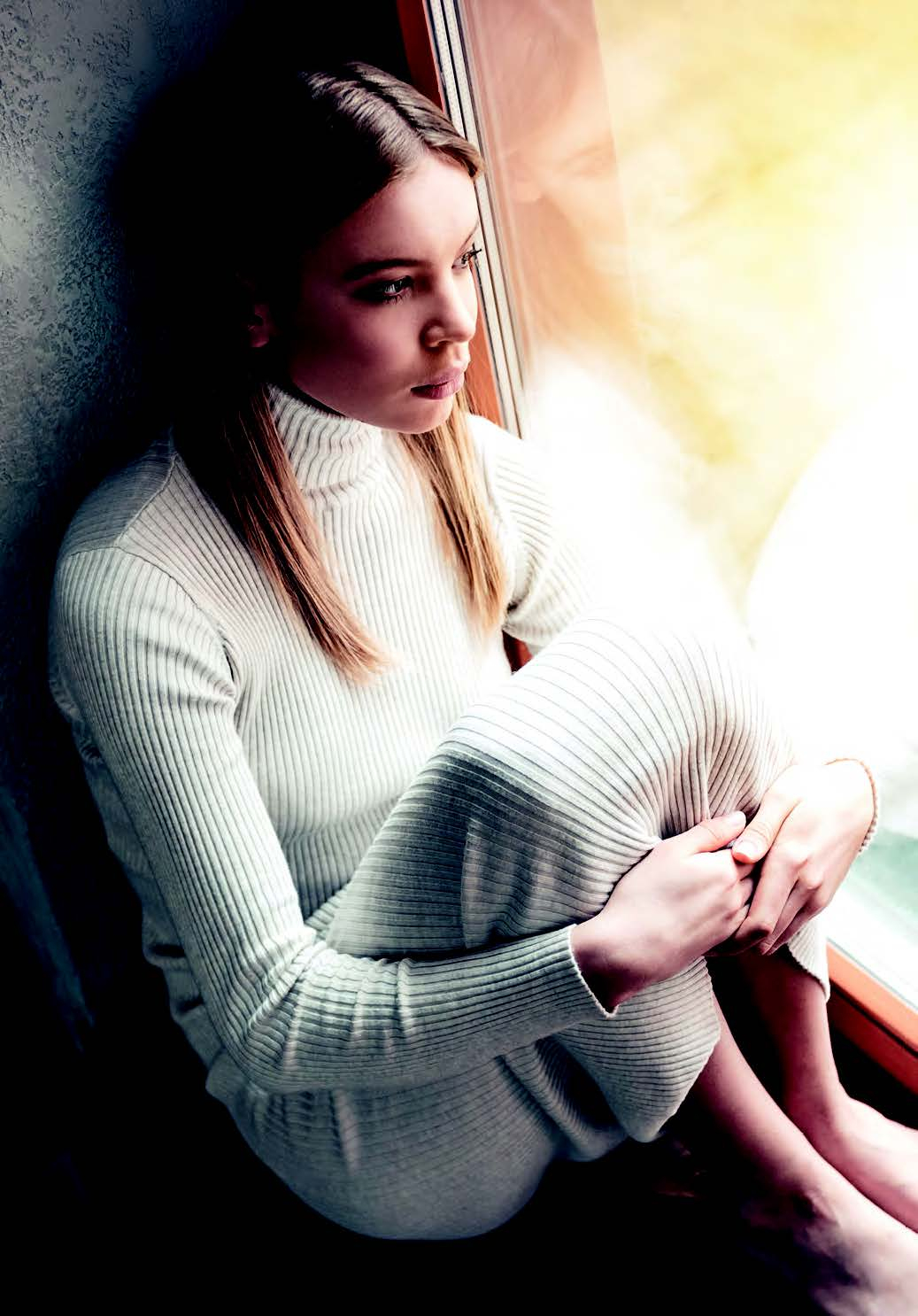
Windows are a key consideration in the design of any mental health environment. Here we explore the drivers for specification.
The impact of nature on the wellbeing and recovery of patients with mental health problems is well documented. So windows that look out onto landscaped gardens or surrounding scenery are crucial elements in the design of modern psychiatric facilities.
The problem with traditional windows
Traditional windows were designed not to be opened to prevent contraband being passed through, and to address the issues of escape attempts and self harm – the most-common ligature points in inpatient environments being windows, hooks and doors.
But, this impacted negatively on patient wellbeing, leading to a lack of airflow and giving a more-institutional feel to the space.
Taking on the challenge
Historically, product development has been slow. However, in the past decade manufacturers have developed new, innovative solutions.
One of the very first was Britplas’s internationally-acclaimed Safevent window, which is now standard in many supervised care environments.
It is made up of a horizontal or vertical sliding window system with one glazed area and another fitted with a stainless steel mesh.
In this way, the window provides crucial natural light and ventilation that can be controlled by service users, yet maintains a safe, secure and anti-ligature environment to meet the requirements of low and medium-secure facilities.
Other new products
Kawneer and Polar NE developed a new solution especially for the UK’s first dedicated adult autism unit, The Mitford Unit at Northgate Hospital in Northumberland.
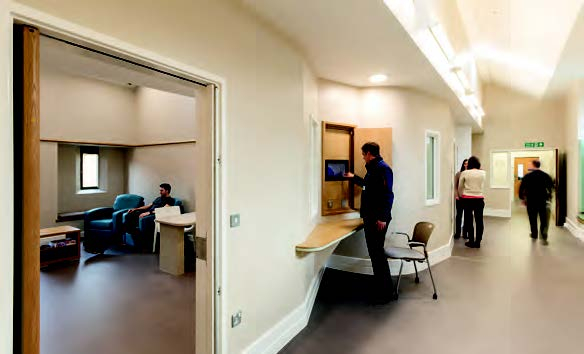
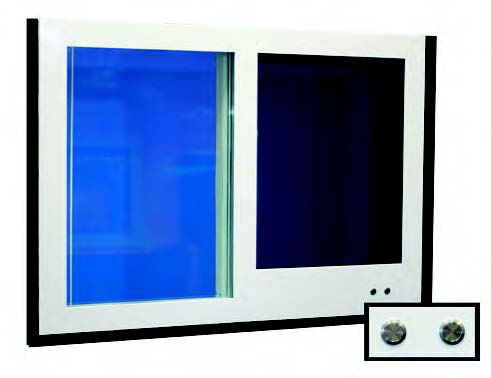
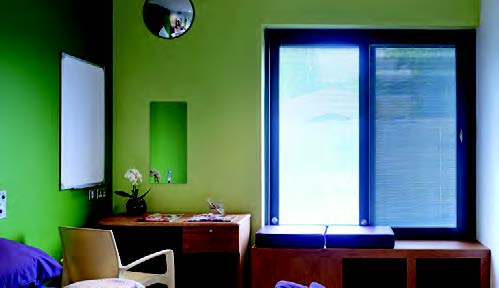
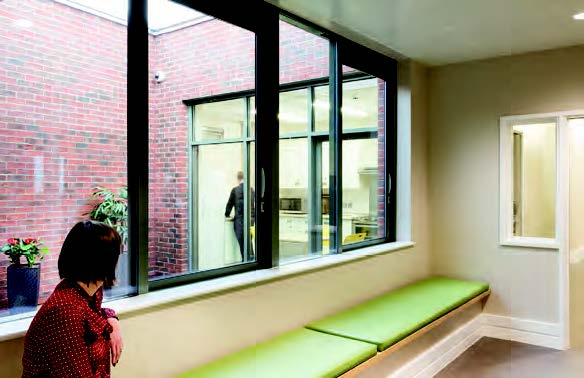
It was based on the Kawneer AA3110HW horizontal slider and has been used in the bedrooms and some communal areas, alongside Kawneer’s AA540 fixed casements in corridors, AA541 top-hung casements in offices and reception, and 451PT framing in communal areas and corridors.
Paul Yeomans, project director at Medical Architecture, the architects for the project, said, “Windows in mental health inpatient buildings are complex things. They need to facilitate a challenging cleaning regime and natural ventilation, in some cases prevent the passage of contraband, preferably be controlled by patients, but they must be extremely safe and robust.
“Creating a ligature-resistant window is a challenge that very few manufacturers and fabricators take on. All in all it’s a complex component that is vital to creating a therapeutic yet-safe environment.”
The trust engaged a local artist to design artwork on a vinyl film that was incorporated into some windows, bringing a new element to design that enables windows to be personalised and artwork included – known to have a positive effect on wellbeing.
The Humber Secure window
Polar NE is also behind the Humber Secure window, which consists of an external horizontal sliding sash, operated by a reduced-ligature rotating handle. This can be fully controlled by service users - one of the main emerging drivers for specification.
A secure and removable stainless steel mesh system lets in air and light, but also enables maintenance staff to clean all areas of the window quickly so that the room can be returned to full operation without delay.
A company spokesman said: “Modern mental health windows need to be secure and withstand or surpass current testing regimes. They also need to offer the service user an excellent level of safety, with emphasis on the reduction of any ligature and self-harm risk.
“Another driver currently is the need for service users to have full control over their environment, such as ventilation, natural light and privacy. These are recognised as creating a more-domesticated environment, one which can aid and assist the service user’s recovery, rather than oppress, and ultimately depress, the room’s occupant.”
Crittall Fendor’s CleanVent window
Another recent scheme in which window selection was paramount was at Junction 17, a state-of-the-art residential unit for vulnerable children and adolescents in Prestwich in the North West.
Designed by Gilling Dod Architects, the building features Crittall Fendor’s CleanVent window solution, an aluminium sliding system with integral security mesh. This was developed as a direct result of feedback from NHS trusts.
Jason Davidson, technical sales director at Crittall Fendor, said, “Key to the correct choice of window is accurate knowledge of the precise type of patient group that a hospital, or specific wing of a hospital, serves.”
In mental health settings, to stop people jumping out or falling, windows were traditionally designed to open no more than 100mm.
“Our new generation of openable windows allows considerably more ventilation, while preventing escape or injury. This is a key driver for our design team” said Davidson.
Many modern window designs also open both inwards and outwards to simplify maintenance and keep costs to a minimum.
Davidson said: “There are advancements being made all of the time, which gives clients more options.”
Consulting early
When choosing the right product, early engagement is crucial, with bespoke solutions proving popular.
“We take our time to listen to any concerns voiced by the project stakeholders,” said the Polar NE spokesman.
“Each trust has different requirements and, using our expertise in the design, fabrication, installation and maintenance, we combine the knowledge of the architects, builders and trusts to ensure we are creating the right product for the right environment.”
Davidson added: “Getting a full-size window demonstration is very important for specifiers. “By seeing a workable sample of the window type you are considering allows you to see each benefit and risk, as well as being able to feel how it works.”
Looking to the future
It is predicated that products will continue to evolve to further enhance the environment.
Modern mental health windows need to be secure and withstand or surpass current testing regimes.
They also need to offer the service user an excellent level of safety, with emphasis on the reduction of any ligature and self-harm risk
The Polar NE spokesman said: “We believe the end user should be at the heart of all developments. A strong focus should be around the dignity and respect. How they are treated plays an important role, therefore creating a product and an environment over which they can have increased control has a massive impact.
“As product suppliers become more aware of this, the range of products and product types available will become more viable and cost effective; for example, switchable privacy glass, lower sight lines of window framing, different framing colour options, and expanding the range to include doors.”